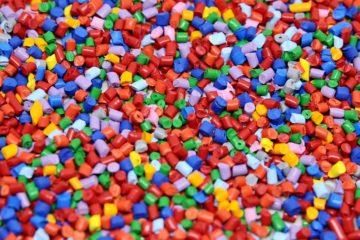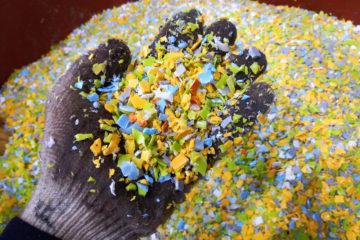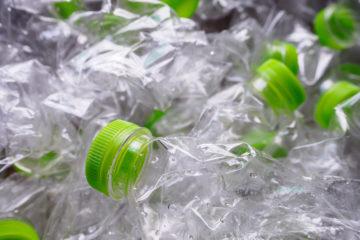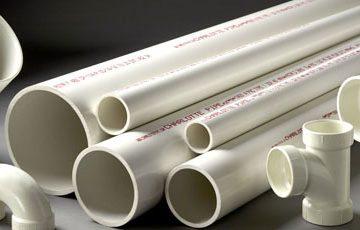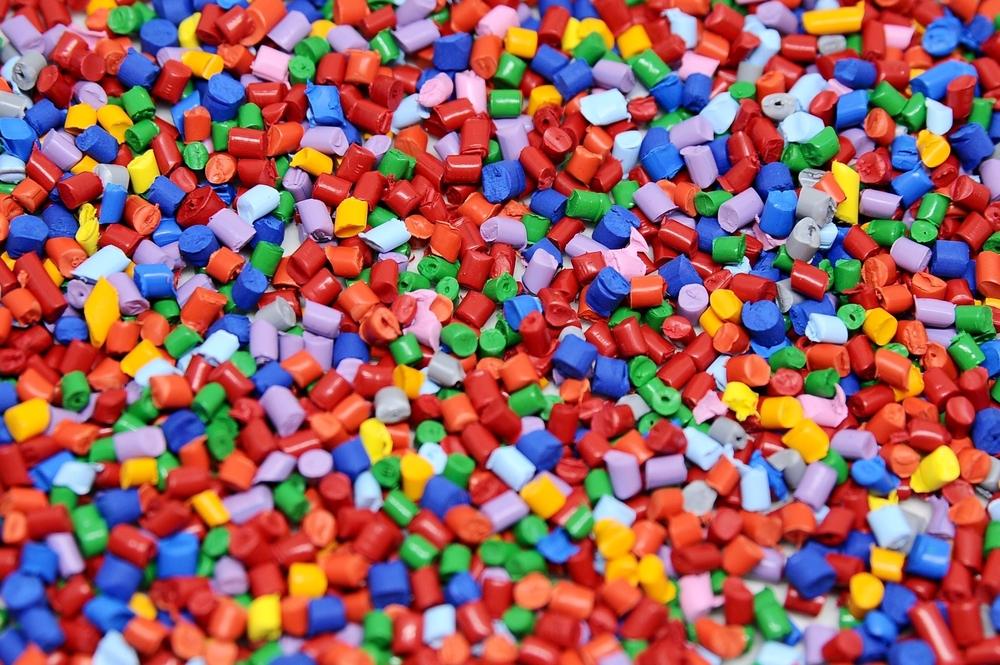
Although it’s probably not something you think about often, coloured plastics are an essential cog in the industrial design machine. Try to imagine the design process without it – it’s impossible! The truth is that you can’t have one without the other. Coloured plastics are an essential element in the tool making and manufacturing process for a multitude of different industries, but not many people stop to consider the complex science behind how manufacturers achieve their trademark hues.
Whether you’re looking to utilise a melon pink or a honey yellow, there are many different techniques to achieving a high quality coloured resin for plastic injection moulding. Communicating a company’s desired message through colouring requires many considerations, and just as many steps before its conception in manufacturing. There are many different ways to colour resin – however, there are four methods which are more commonly adopted for their relevance to the application needs of most companies, which we will cover here.
Masterbatches
Masterbatching is certainly the most common, and perhaps one of the most economical methods for colouring plastics as it can be provided at a small volume with minimal wastage. During masterbatching, concentrated pigments are dispersed into the polymer carrier resin and then moulded, where the masterbatch is placed into a natural resin and fed into the press at a desire ration, which then achieves the desired outcome – your perfect shade. This colouring process is perhaps the most common as it allows for maximum compatibility, and simplifies processing.
Cube Blends
This method is popular amongst moulders as it doesn’t require any metering equipment during the press process. Cube Blends utilise colour systems that combine dry blended masterbatches with natural polymer, and then is carefully mixed by Dienamics to eliminate the risks in self blending that can threaten inconsistencies in colour.
Precoloured Resins
Those without plastic resin colouring experience generally rely on this method as it provides an ease of use and fast matching performance rates. The process of creating resins with high masterbatches benefit from this method the most, as the pigments are completely polymerised into the resin package and used as supplied by the moulders.
Specialty Colour Compounds
Adding value to custom engineered compounds can be achieved through specialty colour compounding. This process cannot be achieved by altering the physical properties that the material was designed to provide, and can often be more complex than other colouring methods. However, this process can be beneficial in that it provides specialty compounds for identification purposes, or custom colours matched to a specific brief. This process can also provide compounds with a cosmetic quality appearance or a signature special effect aesthetic.
When it comes to colouring plastic injectable moulds, It can sometimes be difficult to manage expectations of consumers, clients and end users alike. Because coloring plastics requires a skilled hand, sharp eye, and the latest coloring techniques, it’s best left to a professional. Contact Dienamics for more information about plastic resin colouring processes, protoyping, design and manufacturing services for you and your business.
Subscribe to Our Newsletter
Get the latest news from Dienamics into your inbox
















